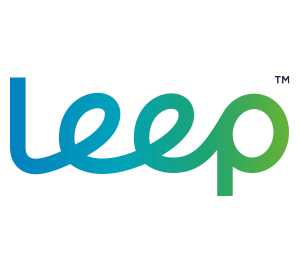Many thanks to the Institute of Water Magazine for featuring our latest thought-leadership piece on Advanced Metering Infrastructure (AMI) and
You can read the full article below. The utilities landscape: an interesting year, and more to come in 2026 As
Leep Utilities recently welcomed a cross-sector delegation to our trigeneration Energy Centre at MediaCityUK, offering a rare behind-the-scenes look at
Welcome to the last in our series of Forward Thinking articles. As the year draws to a close, we’re reflecting
Recently, our teams across the business took part in Wellbeing Week, a dedicated fixture in our calendar to pause, connect,
Our article featuring our Director of Business Development, Matt Ling, ran in BSEE magazine. The full article is below… How
Welcome to the third in our series of Forward Thinking articles. As the year draws to a close, we’re reflecting
Our thought leadership piece on Fifth Gen Heat Networks was carried in HVR magazine. You can read the full article
Welcome to the second in our series of Forward Thinking articles. As the year draws to a close, we’re reflecting
Welcome to the first in our series of Forward Thinking articles. As the year draws to a close, we’re reflecting
